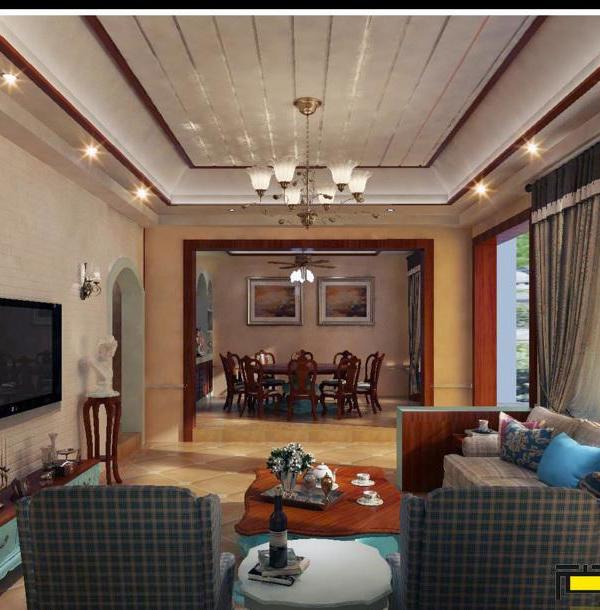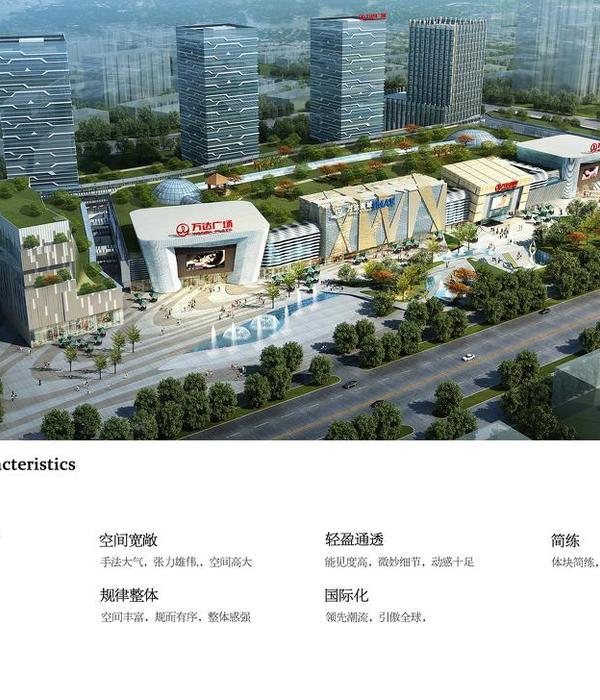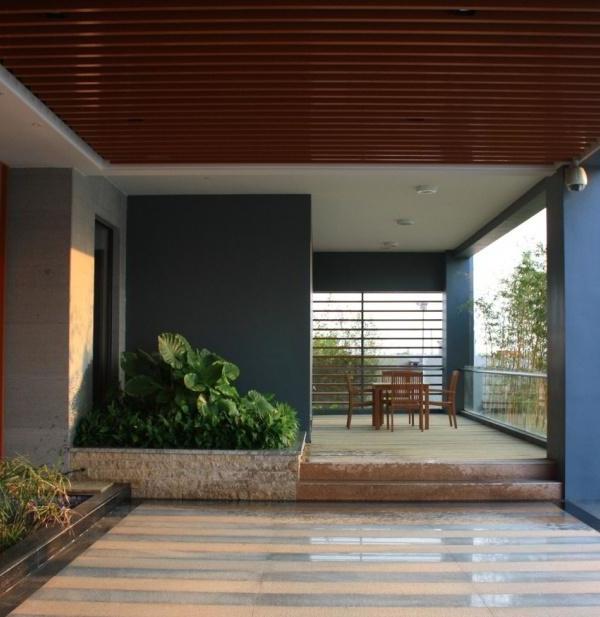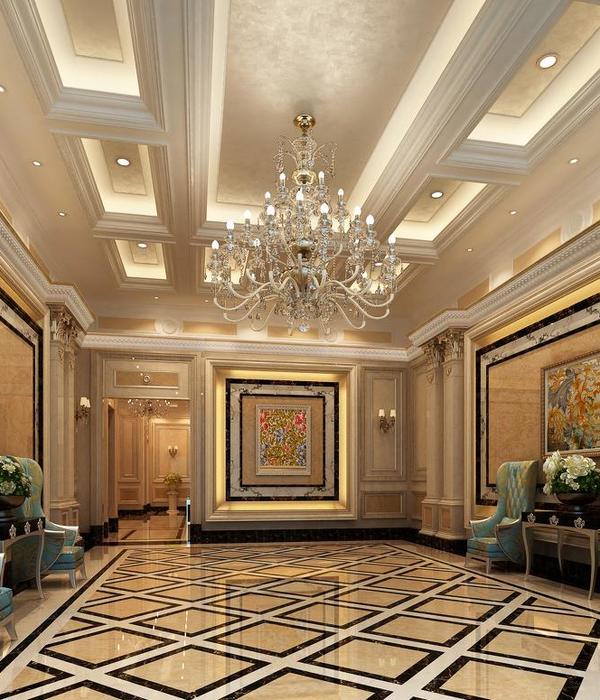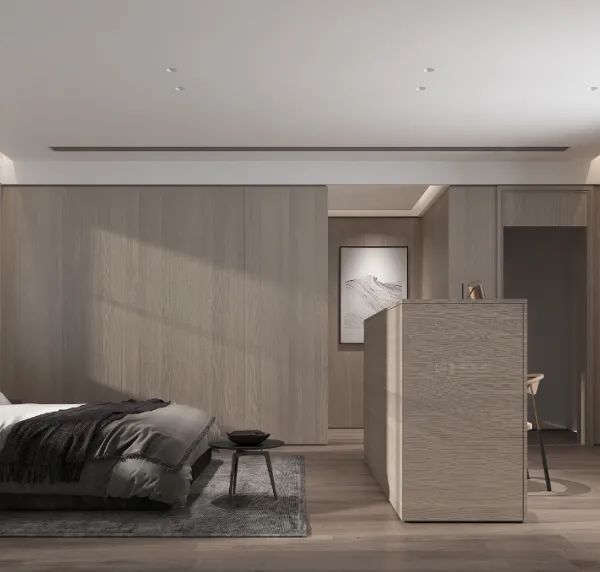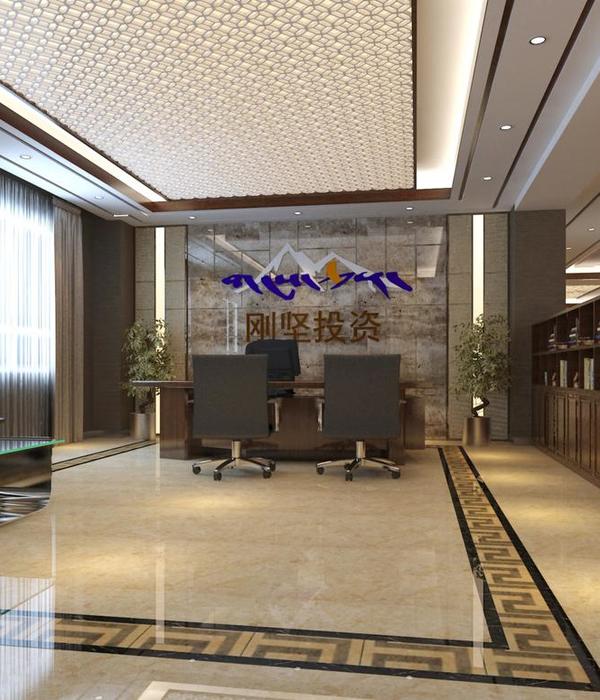The project is located on a small plot of 14 x 30 meters. The commission required to consider hosting a large family, is why it is proposed to free up as much space on the first level in order to achieve the greatest possible amplitude.
For this, all the most closed areas, such as bedrooms and bathrooms, are located on the second level, while the most public and open program is left on the first level, generating a large free and transparent floor plan that allows the spatial continuity of the land to be maintained in all its length and all its width.
The only thing that interferes with this continuity is an exposed concrete wall that allows separating the parking lots, giving privacy to the street and configuring the access patio, and the volume of concrete services that are located in the blind spot from the entrance and against Medians in the south-western corner of the land, as a minimum block, which together with the wall, support the wooden volume of the second floor.
The orthogonal geometry of the project seeks maximum use of the terrain by eliminating all residual spaces and seeking fluidity and continuity at ground level. The land has its length from east to west, that is why the volume of the second floor takes all the constructible length to orient the bedrooms to the north and thus be able to capture the sun and the distant views of the Manquehue hill, which is a Landmark in the city.
This upper volume covers the precincts on the first floor, dividing the land in two; the garden and living areas, which is diffusely separated by glass closures.
In addition, this volume generates a continuous continuum to the north that controls the sunlight and houses a terrace that records the entire façade as a plane projected from the inside, further diluting the limits and reinforcing the spatial continuity of the first floor.
The volume of the second level is externally clad with a cedar wood ventilated façade system, to shelter in winter and shade the walls affected by the sun in the summer, with a very efficient result in the control of interior comfort temperatures.
To the North, a system of iron lattices, allows capturing distant views from the interior, but at the same time they control the entry of the sun thanks to the study of the solar angles and the separation of the iron plates, allowing an entrance gradual sun from fall to spring and prevents the entry of sun in the summer.
{{item.text_origin}}

